This is an activity towards the 80th anniversary of the National Day of the Socialist Republic of Vietnam September 2 (September 2, 1945 - September 2, 2025).

Deputy Minister of Home Affairs Cao Huy speaks at the ceremony
Speaking at the ceremony, Deputy Minister of Home Affairs Cao Huy said: Exactly 80 years ago, on September 2, 1945, at the historic Ba Dinh Square, President Ho Chi Minh solemnly read the Declaration of Independence, giving birth to the Democratic Republic of Vietnam - now the Socialist Republic of Vietnam. The Declaration of Independence not only opened a new page in the country's history, but also sent a message to the whole world about the Vietnamese people's aspiration for peace , independence and autonomy. The immortal saying "Nothing is more precious than Independence and Freedom" has become the truth of all time, a declaration affirming the right to master the destiny of the Vietnamese people after many years of oppression and domination.
Next to Ba Dinh Square, formerly the Governor's Palace, was considered the political center of French Indochina; now the Presidential Palace, the workplace of the head of state of Vietnam, is also the place where the most important diplomatic ceremonies of the country take place. This place has witnessed many ups and downs of history, including the event of September 2, 1945, marking an important milestone with the birth of an independent Vietnam.
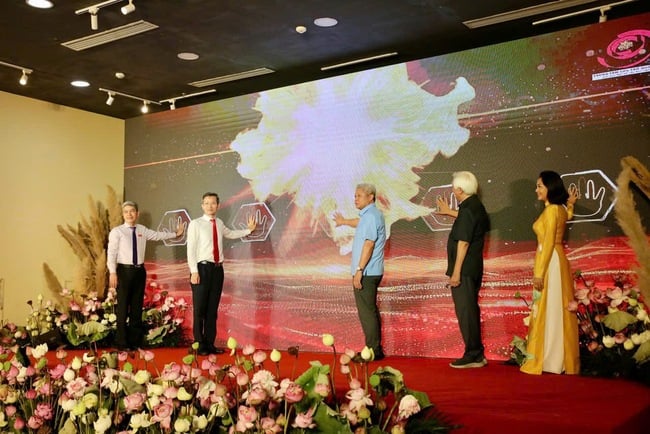
Delegates performed the "Touch - Opening" ceremony to announce the online exhibition "Nothing is more precious than Independence and Freedom" and launch the book "The Governor-General's Palace of Indochina in the past and the Presidential Palace today"
"Therefore, the online exhibition "Nothing is more precious than Independence and Freedom" and the launch of the book "The Governor-General's Palace of Indochina in the past and the Presidential Palace today" are historical but also cultural activities, both carrying traditional values and applying digital technology according to the trend of the times. This is the right direction for the Archives sector in the context of the new technological revolution taking place strongly. At the same time, it contributes to the implementation of Resolution No. 57 of the Politburo towards breakthroughs in science, technology development, innovation and national digital transformation" - Deputy Minister Cao Huy emphasized.
The online exhibition “Nothing is more precious than Independence and Freedom” will introduce to the public valuable archival documents and illustrations about the Vietnamese people’s nearly century-long struggle under colonial rule, as well as the journey of nation building in 80 years of independence. Notably, many of these documents will be publicly available for the first time.
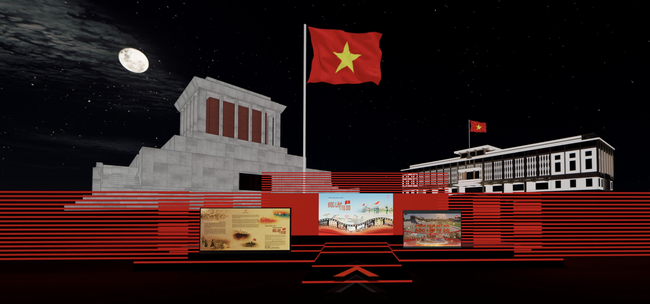
Online exhibition "Nothing is more precious than Independence and Freedom"
The exhibition consists of 3 parts: Dark Night, Vietnam - A resilient nation, 80 years of the song of victory. Each part is a typical slice of history, presented through a rich, scientific and carefully selected system of documents.
On this occasion, National Archives Center I in collaboration with the President Ho Chi Minh Relic Site at the Presidential Palace introduced the book "The Governor-General's Palace of Indochina in the past and the Presidential Palace today".
Located next to Ba Dinh Square, the former Governor-General's Palace of Indochina - today's Presidential Palace - was built in the years 1901-1906, initially used as the residence for the head of the Indochina Federation.
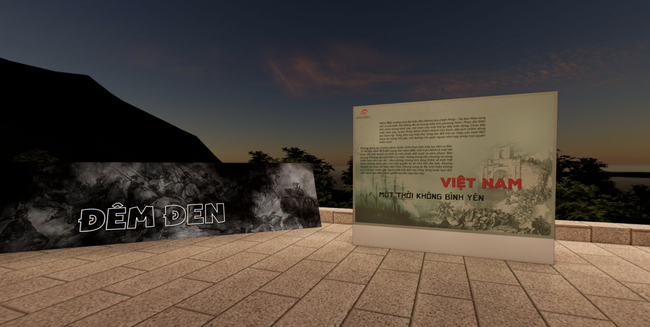
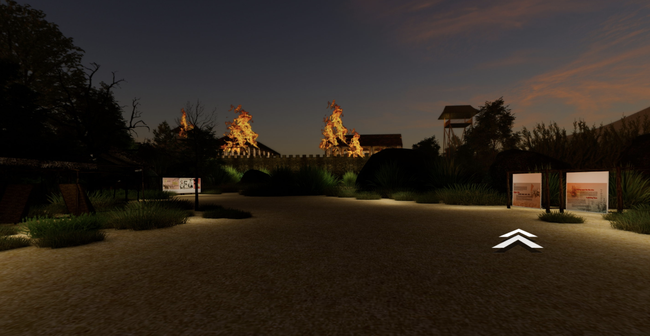
Some images published in the exhibition
On September 2, 1945, the project witnessed the historic moment of the birth of the Democratic Republic of Vietnam.
In October 1954, Hanoi was liberated. President Ho Chi Minh and the Government and the Party Central Committee returned to the capital from the Viet Bac resistance base. He proposed using the Indochina Governor-General's Palace as a place to work and receive guests of the Government and State of Vietnam. Since then, the building has been renamed the Presidential Palace. President Ho Chi Minh himself modestly chose a small house next to a fish pond to live and work.
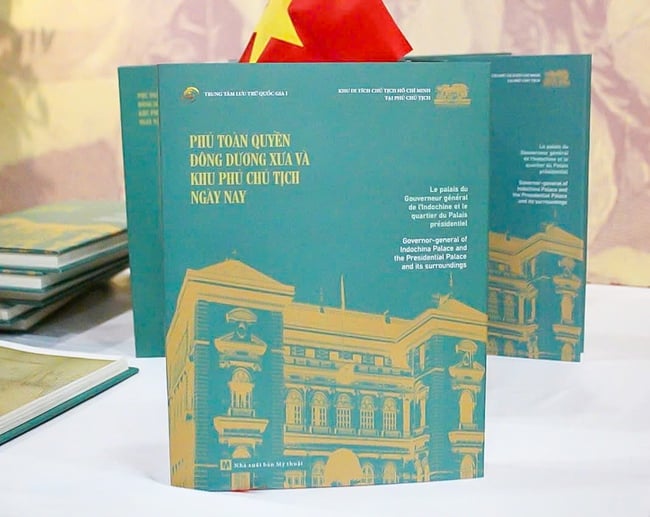 The book "The Governor-General of Indochina in the past and the Presidential Palace today"
The book "The Governor-General of Indochina in the past and the Presidential Palace today"After President Ho Chi Minh passed away, his entire living and working space at the Presidential Palace was preserved intact, while the Presidential Palace building continued to be used to perform diplomatic ceremonies as well as important domestic activities of the country.
With its great historical and cultural values, the Presidential Palace and the entire Relic Site were recognized as a National Monument of Special Importance in 2009. Not only that, in 2017, the Presidential Palace was also voted by the American magazine Architecture Digest as one of the 13 most beautiful residences in the world.

The event attracted a large audience.
The book is written about the space of the former Governor's Palace and the current Presidential Palace from many sources. The book not only describes the history of the formation of an architectural work but more importantly, what happened during more than a century of existence in the center of a capital of French Indochina, now the Socialist Republic of Vietnam.
The book is written in small stories accompanied by archival images that will certainly bring readers not only an understanding of an architectural space but also a historical space from prestigious to sacred, condensing a whole journey of fighting for national liberation and building national autonomy./.
Source: https://bvhttdl.gov.vn/nhieu-tai-lieu-lan-dau-tien-duoc-cong-bo-tai-trien-lam-truc-tuyen-khong-co-gi-quy-hon-doc-lap-tu-do-20250815184450058.htm


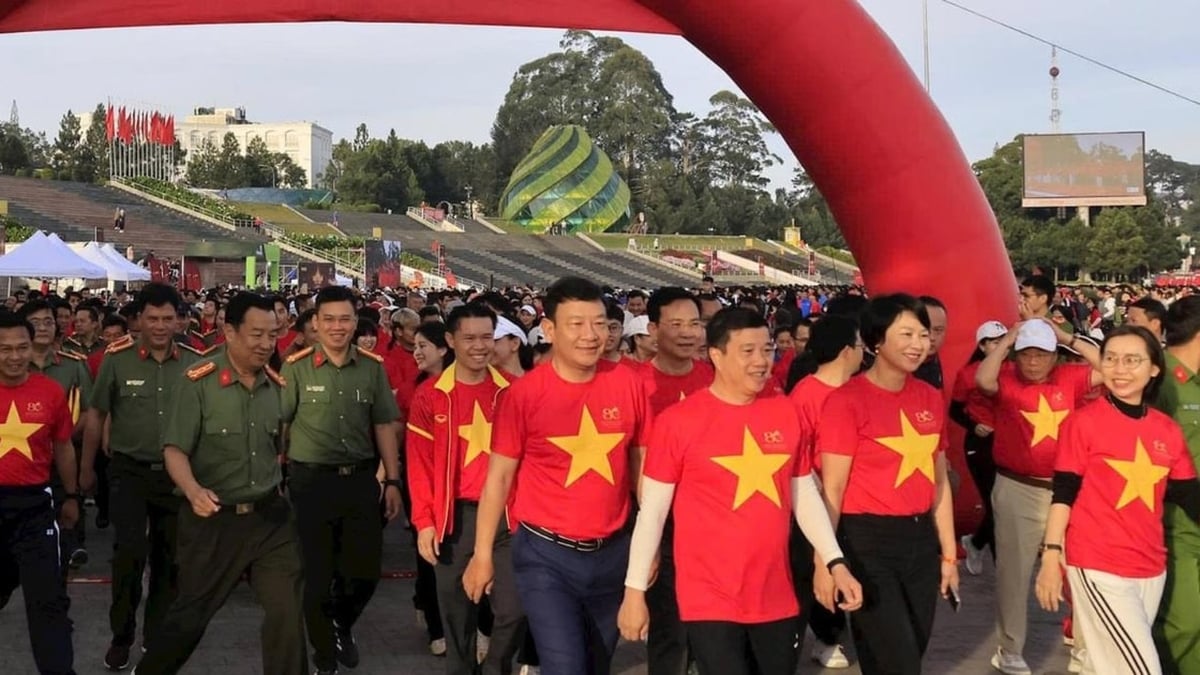
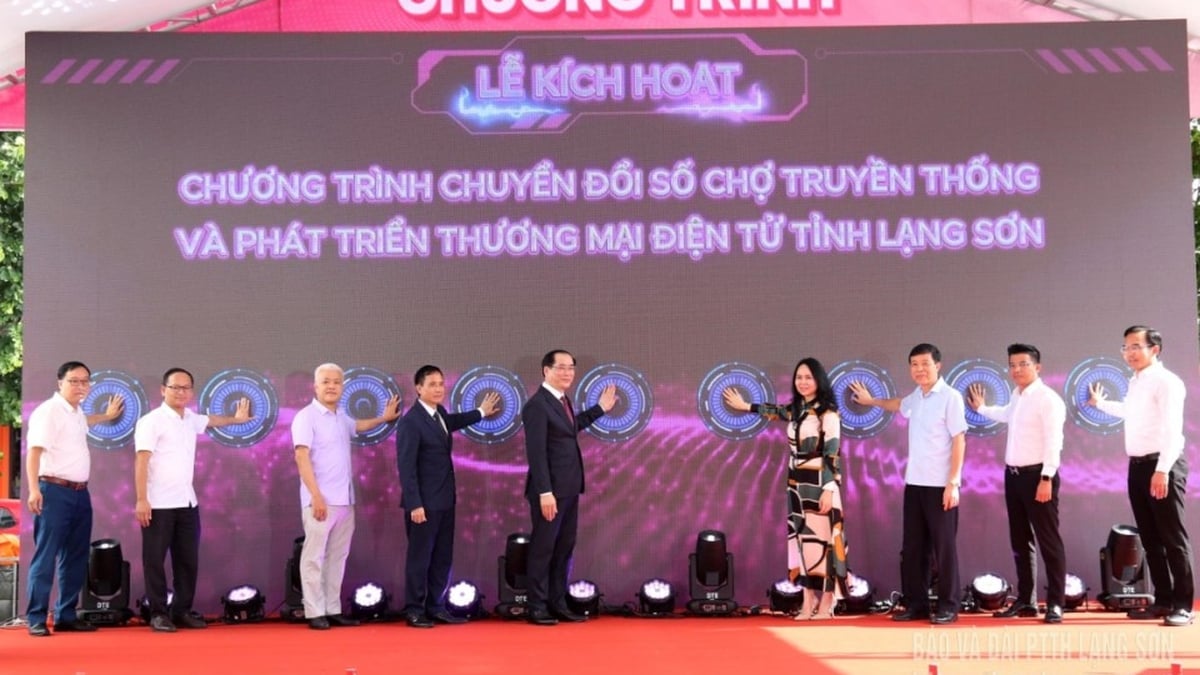

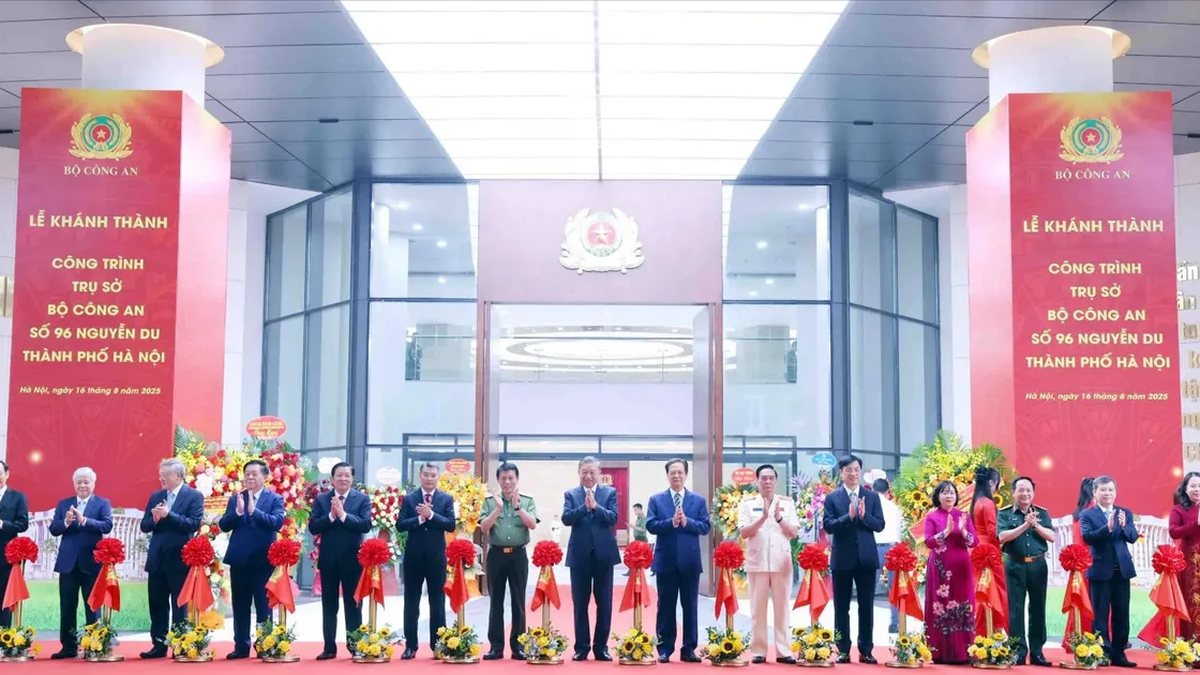


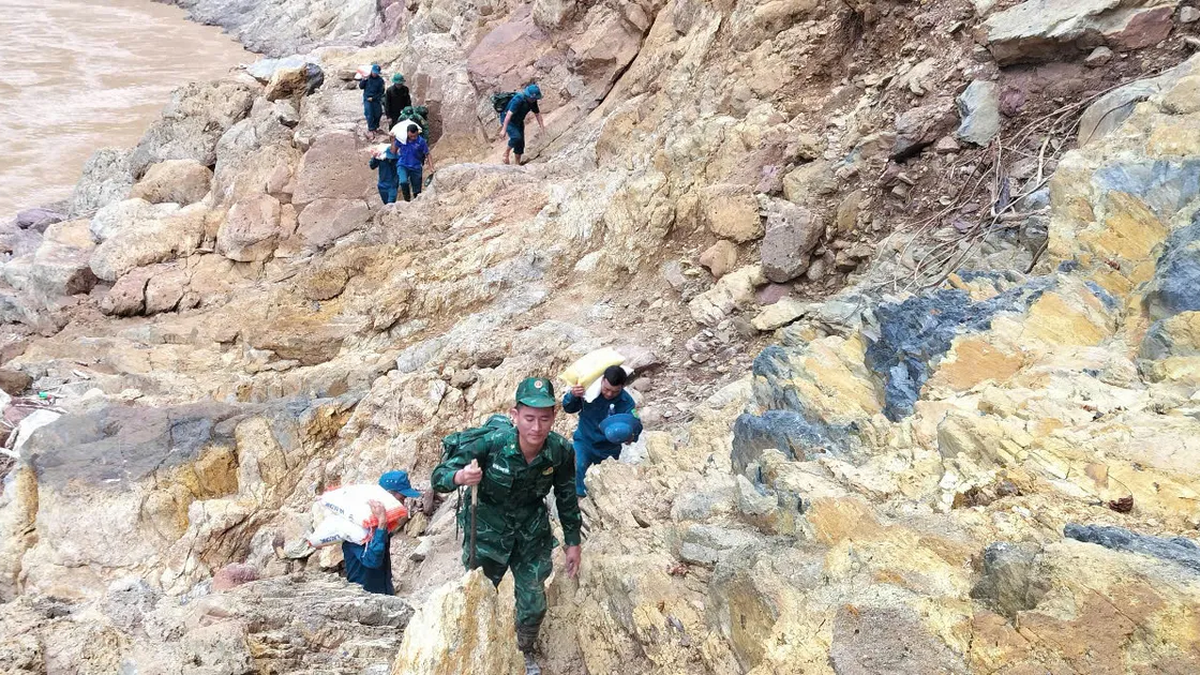

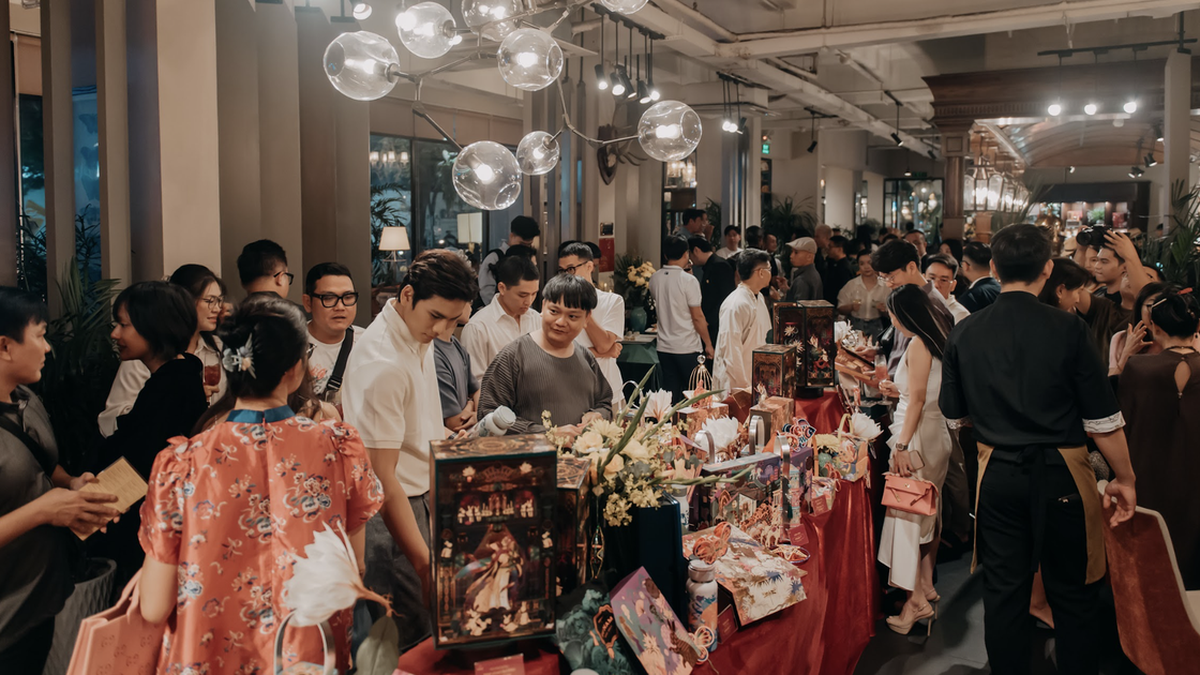











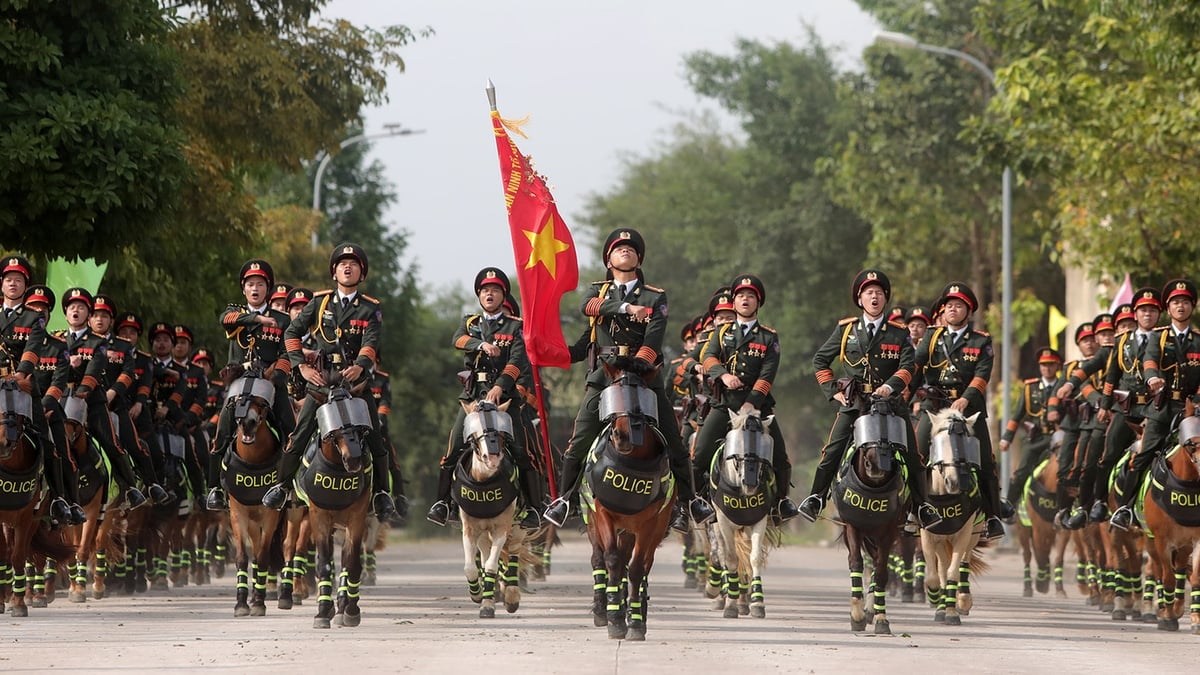
![[Photo] Prime Minister Pham Minh Chinh talks on the phone with Cambodian Prime Minister Hun Manet](https://vphoto.vietnam.vn/thumb/1200x675/vietnam/resource/IMAGE/2025/8/15/72d3838db8154bafabdadc0a5165677f)
![[Photo] Red and yellow stars at the launching ceremony of the program "Moving Forward with Vietnam"](https://vphoto.vietnam.vn/thumb/1200x675/vietnam/resource/IMAGE/2025/8/16/076df6ed0eb345cfa3d1cd1d7591a66f)

![[Photo] Firmly marching under the military flag: Ready for the big festival](https://vphoto.vietnam.vn/thumb/1200x675/vietnam/resource/IMAGE/2025/8/15/86df2fb3199343e0b16b178d53f841ec)
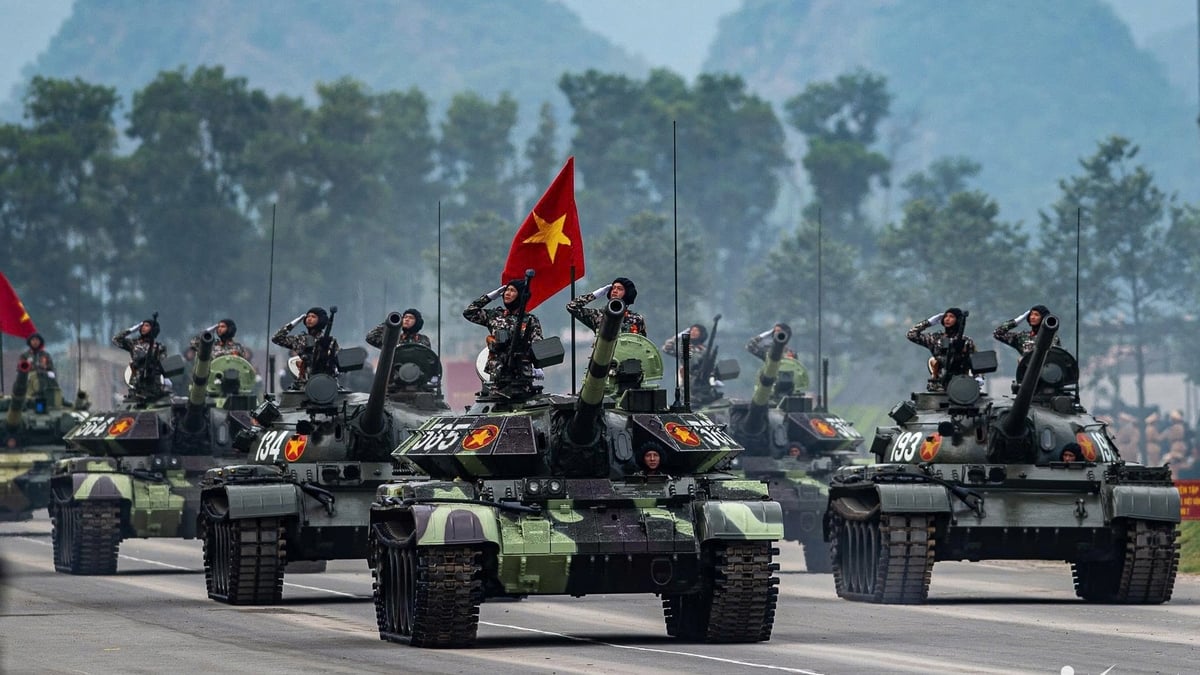
![[Photo] The special solidarity relationship between Vietnam and Cuba](https://vphoto.vietnam.vn/thumb/1200x675/vietnam/resource/IMAGE/2025/8/15/5f06c789ab1647c384ccb78b222ad18e)
![[Photo] National Assembly Chairman Tran Thanh Man attends the inauguration ceremony of President Ton Duc Thang Memorial House](https://vphoto.vietnam.vn/thumb/1200x675/vietnam/resource/IMAGE/2025/8/16/23555950872d428a8708a1e2f94cbf59)

![[Photo] Prime Minister Pham Minh Chinh attends a special art program called "Hanoi - From the historic autumn of 1945"](https://vphoto.vietnam.vn/thumb/1200x675/vietnam/resource/IMAGE/2025/8/15/c1c42655275c40d1be461fee0fd132f3)
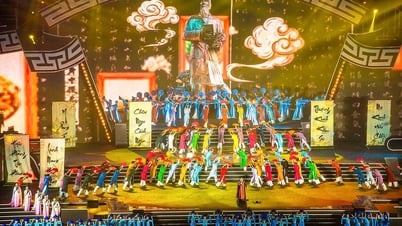

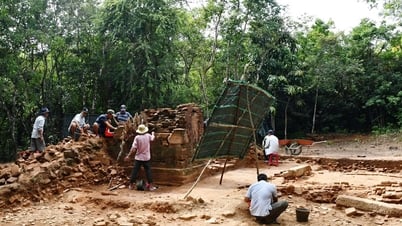

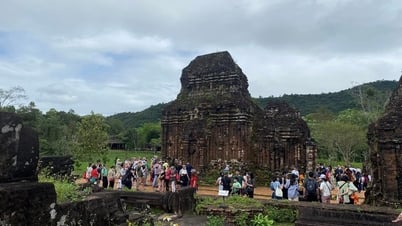



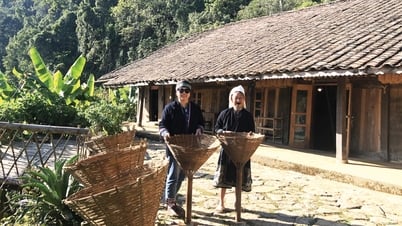



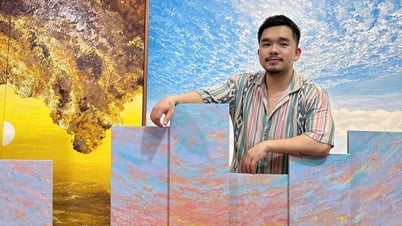
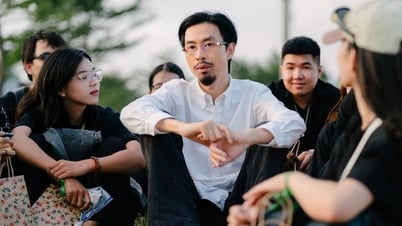

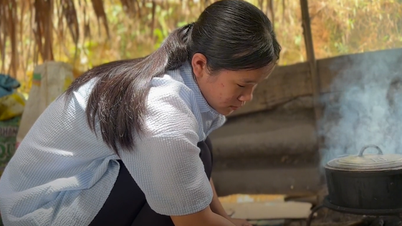





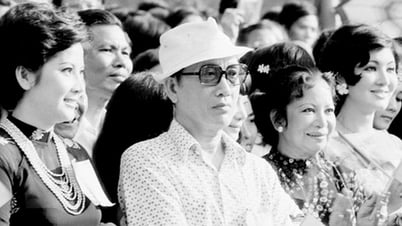
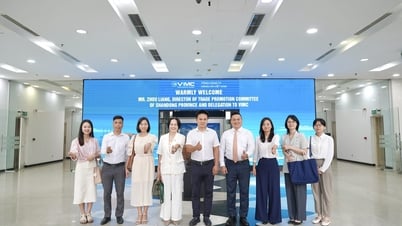







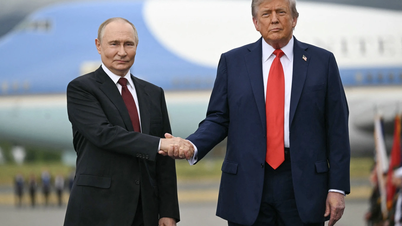
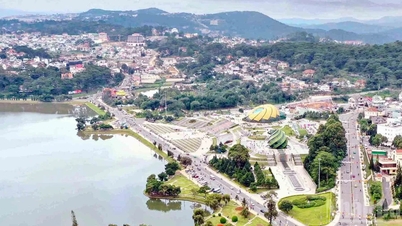

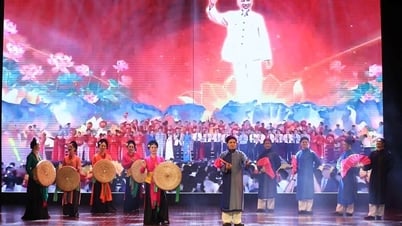


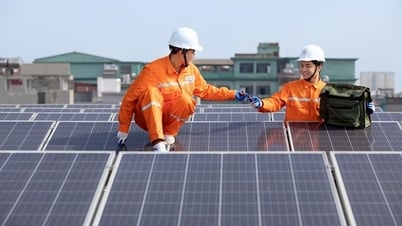

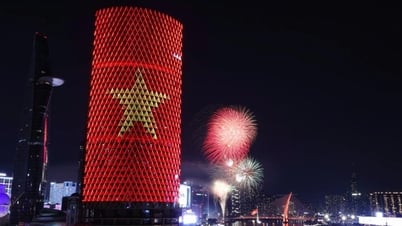

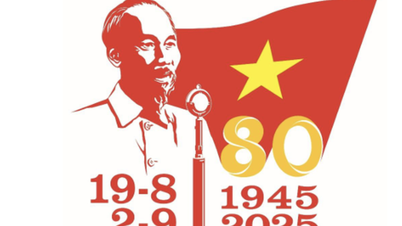

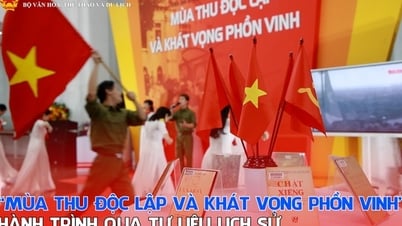

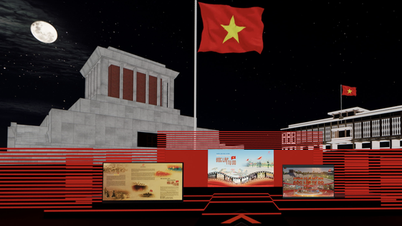





















Comment (0)